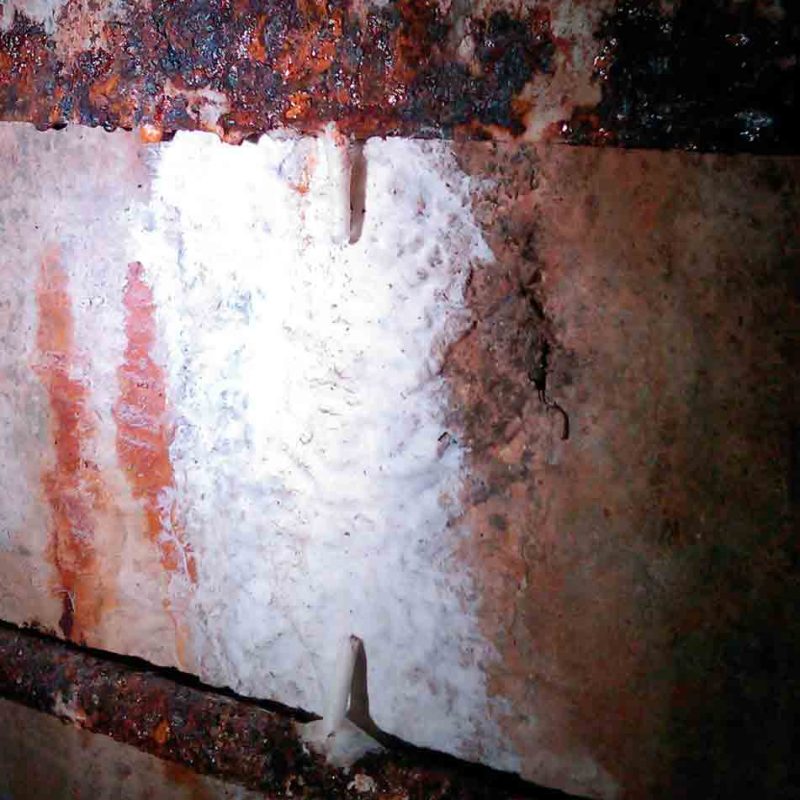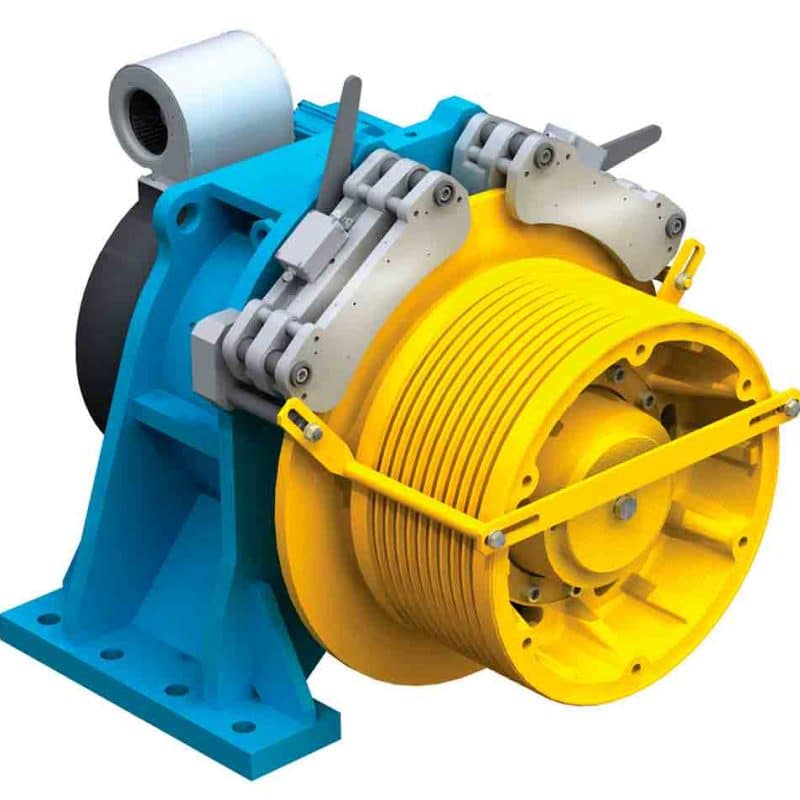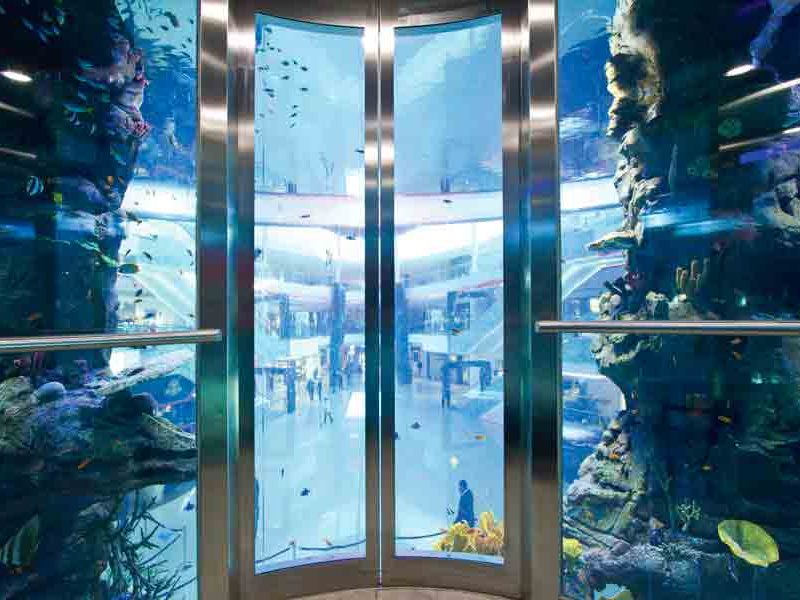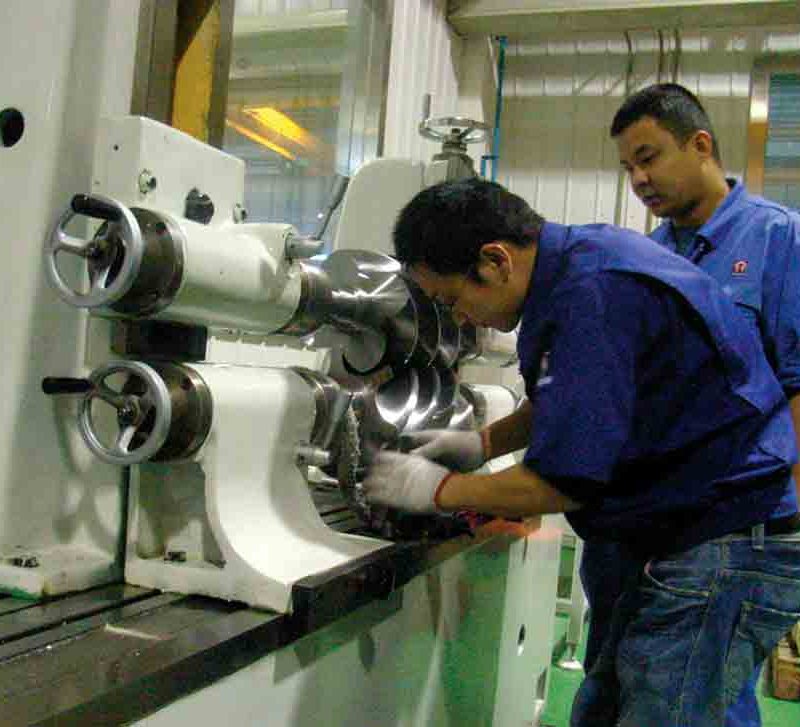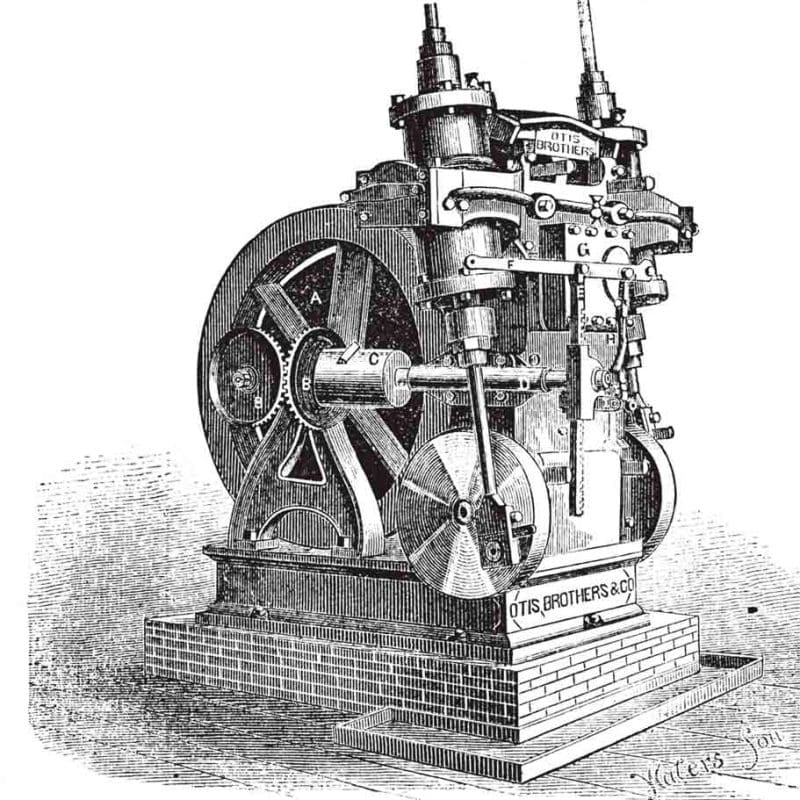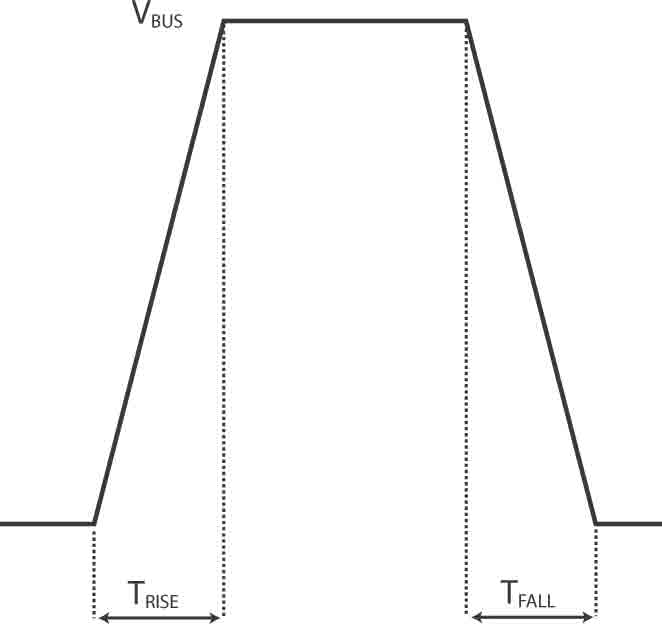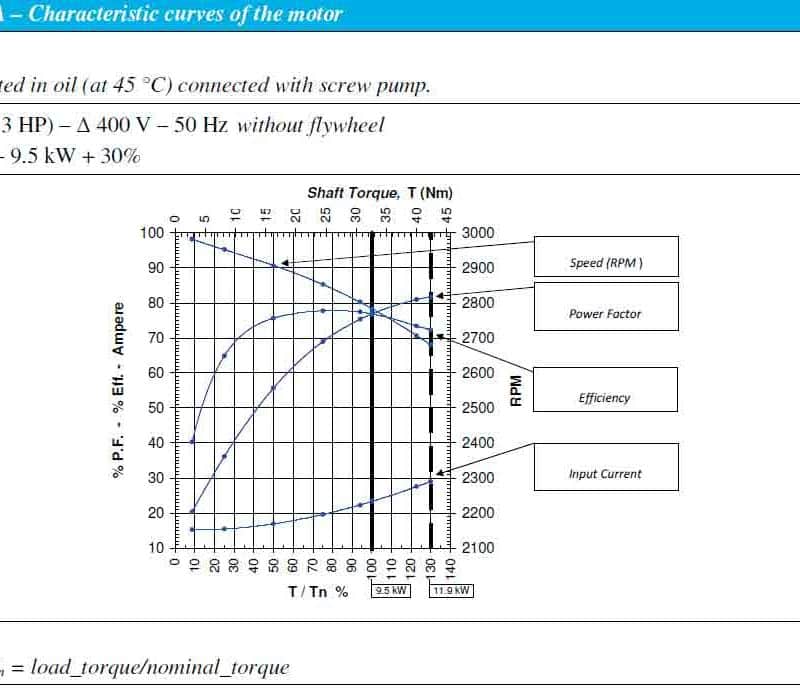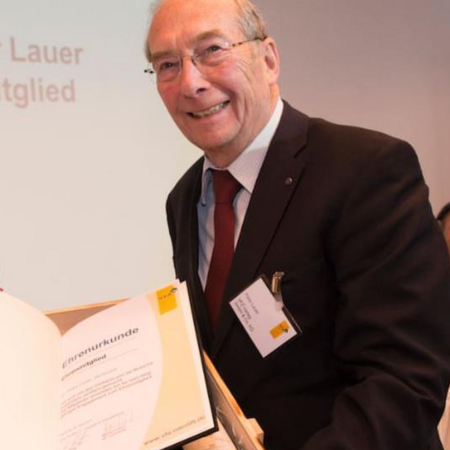This photo was taken at a con-struction jobsite left sitting for a year due to financial issues. When construction resumed in late 2010, workers were surprised to find cracks in the elevator pit from where mineral-rich groundwater managed to seep in. As a result, a few cav-ern-like formations had appeared. Shown in the image is…
Read MoreVulka B.V. offers the Safety Elevator Fence (SEF), an invention from the Netherlands registered with Liftinstituut and certified to EN 81-1/-2. TÜV SÜD certified, the spring-actuated protection fence for the car roof meets the basic safety requirements of Directive 95/16/EC. When beginning work in elevator shafts, elevator engineers erect a safety fence that is later…
Read MoreChina The four double-deck elevators supplied by ThyssenKrupp Elevator for the Shanghai World Financial Center have been certified in accordance with the VDI 4707 energy-efficiency Class “A” rating. With specially designed drives and aerodynamic cladding for cabs and doors, these units were among the first such installations in the world (ELEVATOR WORLD, October 2010). The…
Read MoreThe Building Commissioning Association (BCA) officially released its New Construction Building Commissioning Best Practices in December 2011. Publicly available, the document is intended to distill the list of guidelines and tasks for most building types into easy-to-navigate activities that represent the ideal commissioning process. The document represents a collaborative effort on the part of several…
Read MoreFor most of my life I commuted more than 40 mi. each way to and from work, usually by means of the Long Island Railroad, but often by car, as well. The amount of time and, more importantly, energy expended is difficult to calculate, but it is sufficient to say it was significant. Although much…
Read MoreIn November 2011, experts from the Chinese elevator industry attended a seminar hosted by Torin Drive, a provider of elevator traction machines. On November 7, 2011, around 70 experts from the Chinese elevator industry gathered in Changshu, China, at the Changshu International Hotel to attend a seminar hosted by Torin Drive, a provider of elevator…
Read MoreA look at a fundamental safety rule service mechanics must consider when working on elevator equipment: the control of hazardous energy, more commonly known as lockout/tagout procedures. Given that this issue focuses on machines, motors and pumps, it is fitting to look at one of the most fundamental safety rules any service mechanic must consider…
Read MoreExamining early steam-powered engines and their evolution There is, perhaps, nothing as antithetical to our conception of the modern electric elevator engine as the 19th-century steam engine. Our mind’s eye (and ear) imagines steam hissing, pistons clanking and oil dripping as a steam engine, located in a dirty, crowded mechanical room, drives a massive winding…
Read MoreThis article provides an explanation of the effects of high dV/dt created by variable-frequency drives and offers solutions to protect elevator motors. submitted by KEB America, Inc. During the past 20 years, AC variable-frequency drives (VFDs) have gained widespread acceptance in elevator applications. Overall, AC elevator drives provide im-proved ride performance, increased system efficiency and…
Read MoreChoosing the appropriate motor for an elevator can allow more efficient energy use. by Ivo Busi and Fabio Calegari In recent years, the hydraulic lift, as an alternative to the electric traction lift, has become one of the simplest and most common elevator applications in use. Its operational principle is based on a piston driven…
Read More